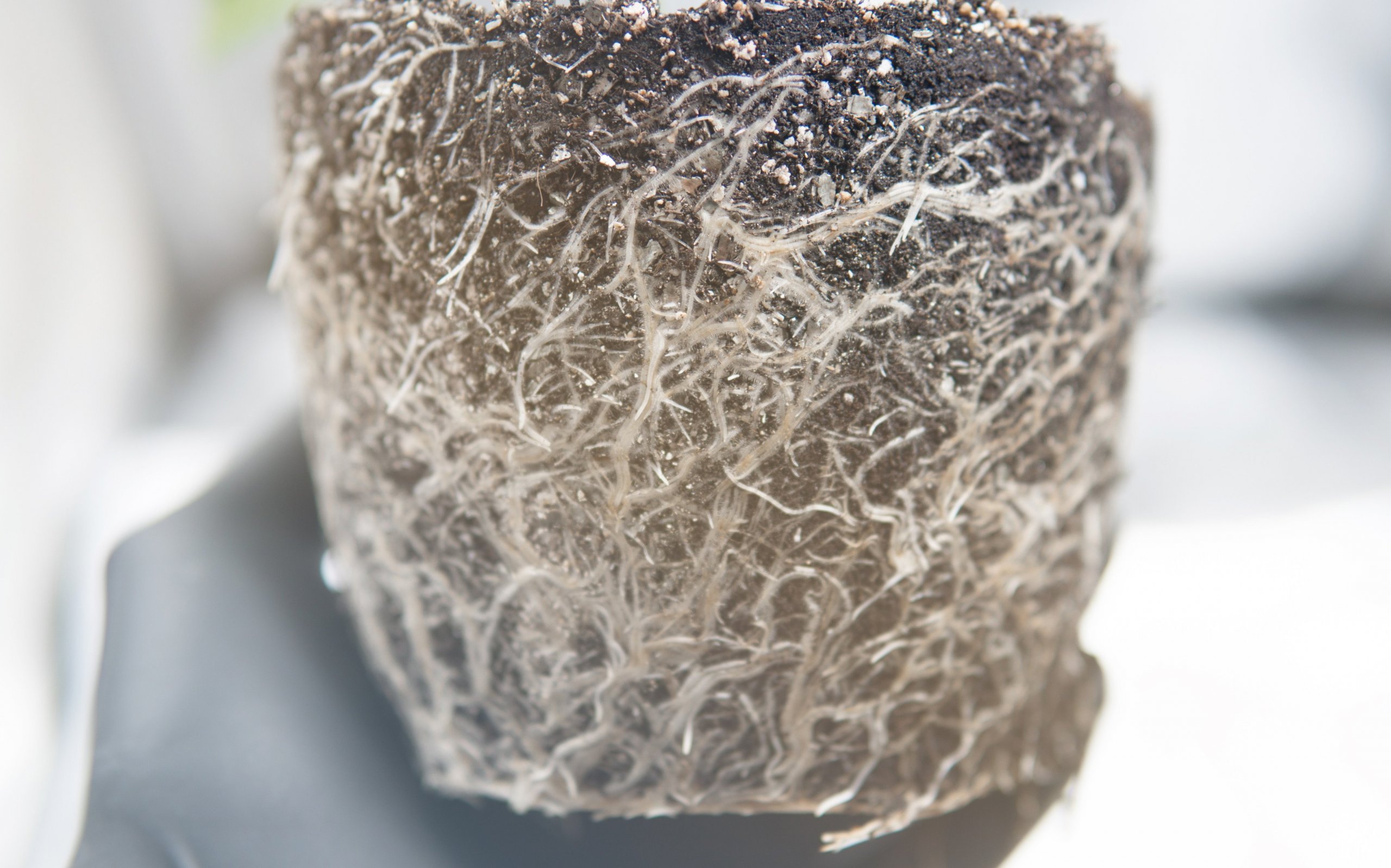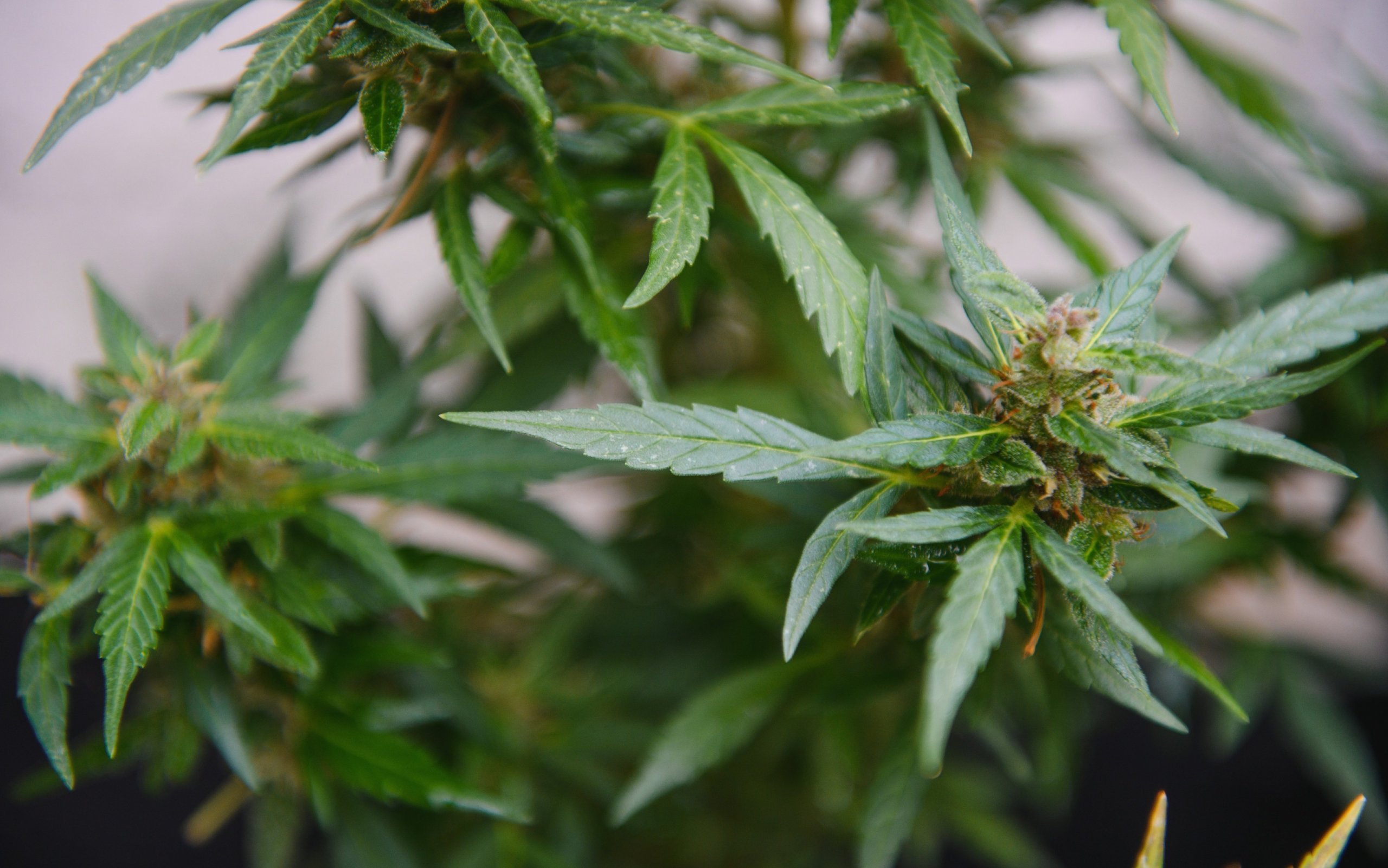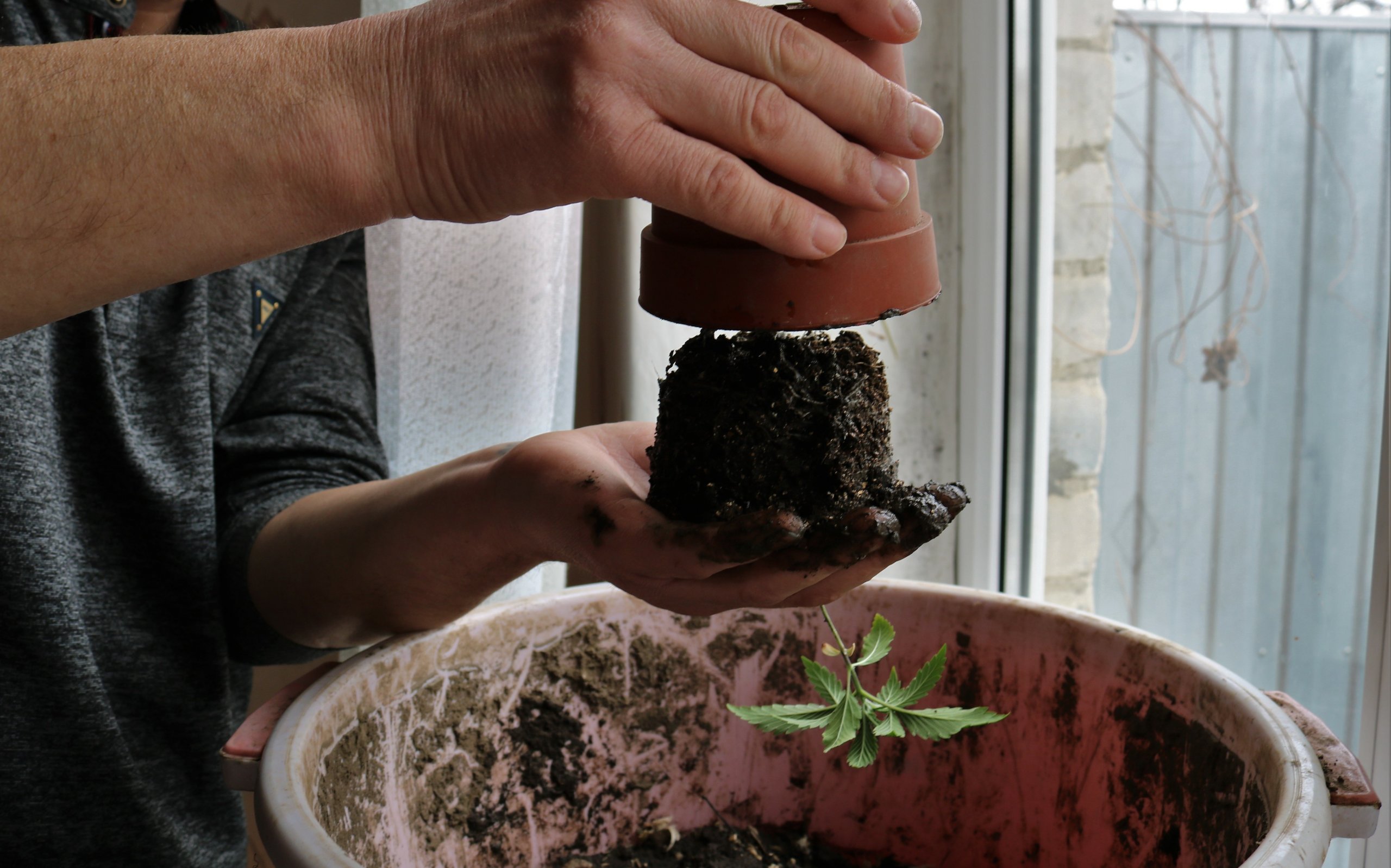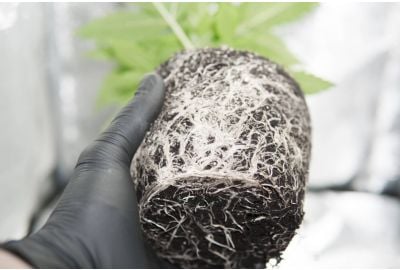How To Identify & Fix Root Bound Cannabis: Signs And Solutions
Root bound cannabis is among the most common issues in growing weed.
Perhaps you’re new or a cultivator wanting to learn more? Understanding the problem of bound roots in cannabis plants is crucial.
Suppose you have a root bound marijuana plant? Don’t panic! All your hard work isn’t in vain. Your weed can recover and grow again if you learn what to do.
Read on to discover all you need to know about root bound plants. We explain how to prevent, recognize and fix the problem of rootbound cannabis.
Let’s dig in!
What is root bound cannabis?
Root bound cannabis is a plant where the roots have grown beyond their contained space.
Your weed won’t feed when roots can’t expand or absorb sufficient water and nutrients. It stops growing, gets sick, and can die.
Roots with space keep growing and produce a bigger, healthier harvest than those with limited room. Root bound weed is primarily an issue for indoor growers using pots. It’s possible outdoors if the roots hit a barrier like rocks, but this is rare.
It’s vital to know how to spot root bound symptoms, fix the problem, and prevent it.

5 signs of root bound weed plant
There are various signs of a root bound weed plant. Some are easy to spot, but other symptoms can be hard to detect until it’s too late.
To ensure a healthy crop full of big buds, knowing what to watch out for and how to manage it is critical. Let's explore the symptoms of a rootbound plant.
Nutrient deficiencies
Nutrient deficiencies are a root bound cannabis symptom that can play havoc with your harvest. When roots are bound and stuck, they cannot absorb enough water.
Simply watering cannabis isn’t enough. If a plant isn’t receiving nutrients, it won’t grow well, and its buds may underdevelop. Early signs of deficiency are discoloration of leaves and stunted growth.
Any cannabis deficiencies can affect your crop, and nutrition is no different.
Soil drying out too quickly
A prominent symptom of root bound weed is your soil drying out. Your plant system might be too big for the pot and not getting enough hydration.
Soil drying out too quickly can happen for a variety of reasons such as:
- Excessive heat
- The pH of your soil
- Nutrient issues
- Poor quality water
Suppose you’re doing everything correctly and your soil is drying out? The most probable cause is the cannabis root system immediately absorbing the water to feed an oversized plant.
Stunted growth and small buds
Root bound weed plants symptoms include stunted growth and smaller than expected buds. The crop can't develop further in this condition.
Without nutrients and water reaching the leaves, there’s no energy source for the branches and buds to keep growing.
If your crop and buds suddenly stop growing, you may have rootbound marijuana plants. We recommend taking frequent measurements through all stages of development.

Cannabis plant tipping over from its own weight
Sometimes, a cannabis plant starts tipping over from its weight. With some strains, it’s normal as part of their specific profile.
A cannabis plant tipping over could signify that you're growing to perfection, or it may just need bamboo support.
On the other hand, if your marijuana starts tipping, it could mean it’s a rootbound weed plant. Unfortunately, this is a tricky symptom to spot.
An overall sick appearance of cannabis
Always check the overall appearance of your crop. If your weed looks sick, something is wrong.
Unhealthy looking cannabis happens for various reasons, but it could be signs of a rootbound weed plant. Here are some key indicators:
- Discoloration or distortion of leaves
- Stunted plant growth
- Soil drying too quickly or staying wet longer than it should
- Underdeveloped buds
It’s vital to watch out for any sickness when growing. The sooner you spot these issues, the better.
How to prevent root bound cannabis plants
Preventing rootbound cannabis is relatively easy; knowing how to avoid it makes growing more manageable.
An excellent way to reduce the risk of root bound plants is to cultivate autoflowers. They generally don’t grow too big and require less maintenance.
It’s worth exploring our fantastic range of fast-growing weed seeds if you want to avoid issues like rootbound weed.
Ensure your cannabis grows in a pot big enough for your plant's root system. As the marijuana develops, it needs a larger container.
Transplanting cannabis into a bigger pot is part of growing weed. Doing it at the right time could prevent root bound marijuana.
How to fix root bound cannabis plants
There’s a way to get your plant back blooming and healthy with four easy-to-follow steps.

Step 1: Remove the cannabis plant from a pot
Cover the top of the soil and hold the main stem with your hand. Then tip the pot over and slide out the root ball.
Sometimes you need to massage the container to loosen the soil. If it doesn’t budge, cutting it out is necessary.
Step 2: Loosen the root ball carefully
It’s important to be careful when moving a rootbound weed plant.
When transplanting, it’s essential to loosen the root ball before replanting it.
Use your fingers to gently untangle the roots so they can spread out in their new home. Doing this prevents the plant from remaining bound.
Step 3: Prune the cannabis roots
Pruning cannabis means removing parts of the plant. Clipping is essential for general plant health. It’s also crucial for fixing a rootbound weed plant, as you must snip the ends of the root before placing the weed into a new pot.
Clipping the tips of exposed roots removes the dead ends, allowing them to recover and grow again in their new home.
Take care when pruning. Clipping can shock and damage your plant. Here are some tips:
- Use sharp trimming scissors. Avoid dull or serrated blades.
- Don’t use your hands: Tearing away bits will damage it.
- Be careful with young plants. Weed is most sensitive early in development.
Step 4: Transplant the marijuana plant into a new pot
The final way to fix a rootbound cannabis plant is by moving it to a new and larger container.
Transplanting cannabis isn’t complicated, but doing it correctly and safely is critical. Moving weed to another pot may cause shock.
Here’s our list of tips on how to repot a rootbound plant:
- Wear gloves to avoid contaminating sensitive roots
- Spray a small amount of water on the plant to reduce shock
- Have a new pot at least twice the size of the old one
- Fill the receiving pot with soil, but leave space for the plant
- Don’t damage the roots moving the plant
- Keep it away from intense light
- Water the plant in its new home
A rootbound cannabis plant will most likely recover and flourish if you follow this process.
No longer bound
Do you think your marijuana plant might be root bound? You know how to prevent, detect, and save weed if it happens.
Knowing everything regarding root bound cannabis, you can continue cultivation or start as a novice with valuable knowledge.
Why not get started with our Blue Dream Feminized Cannabis Seeds? Stick with our advice and look forward to a healthy harvest full of plump and delicious buds.
Check out the Homegrown Cannabis Co. store for the best seeds available to grow the tastiest strains with ease.
About the author: Parker Curtis
Parker Curtis has around a decade of cannabis-growing experience, specialising in soil-less and hydro grows. He’s mastering outdoor, greenhouse, and indoor grows.
